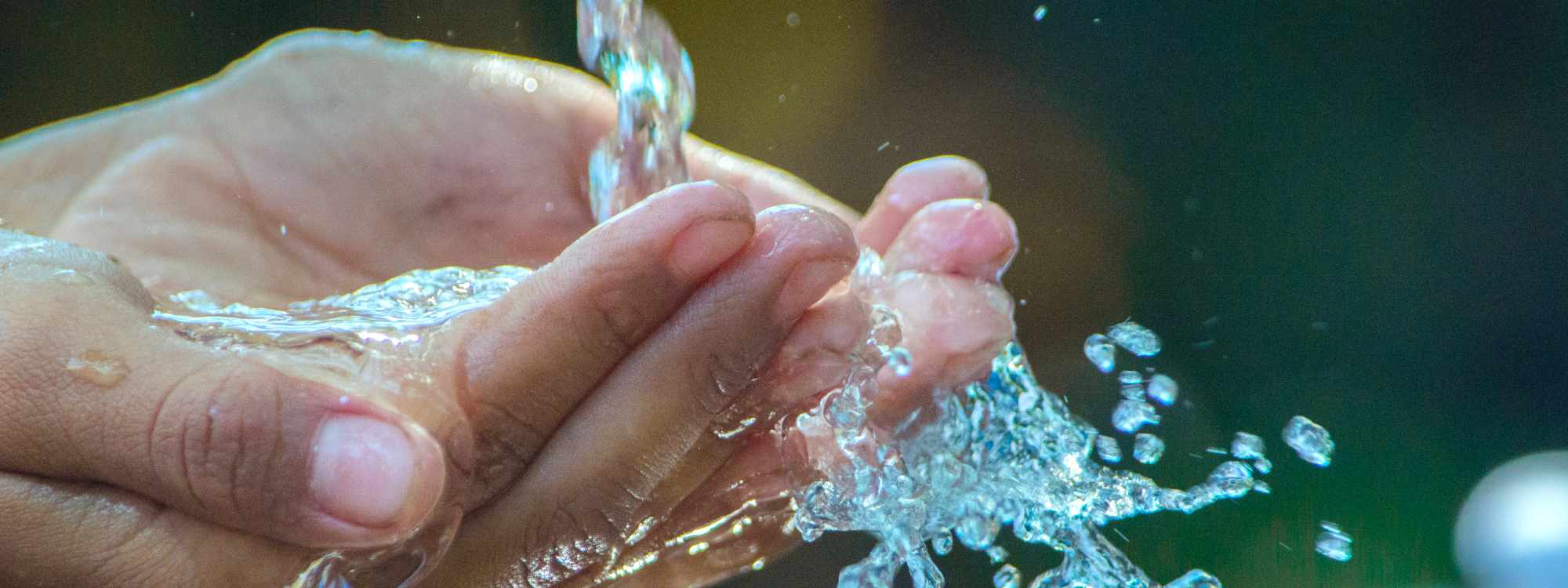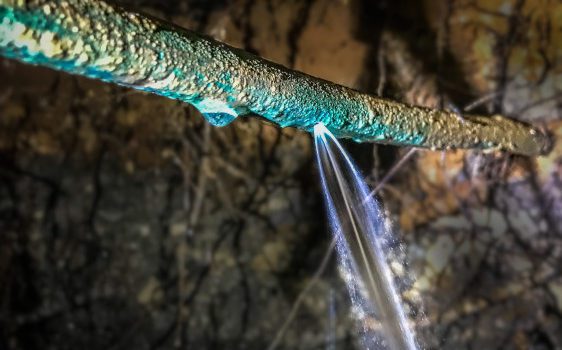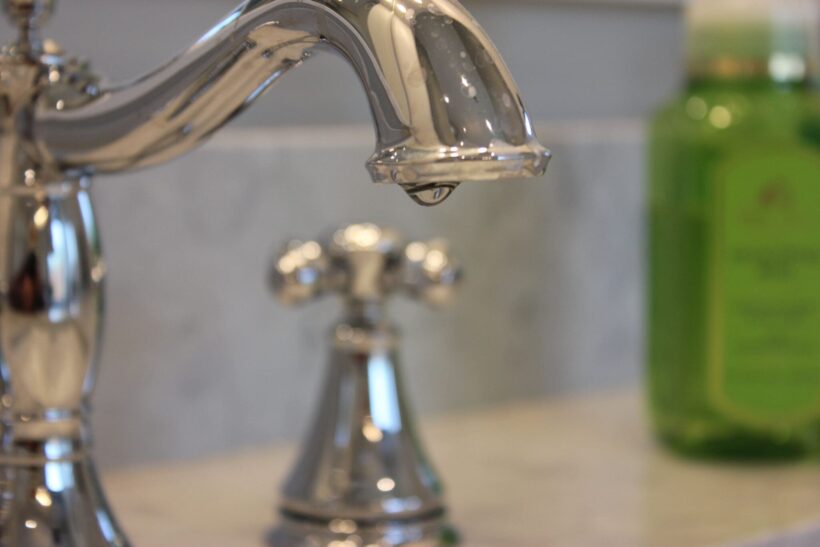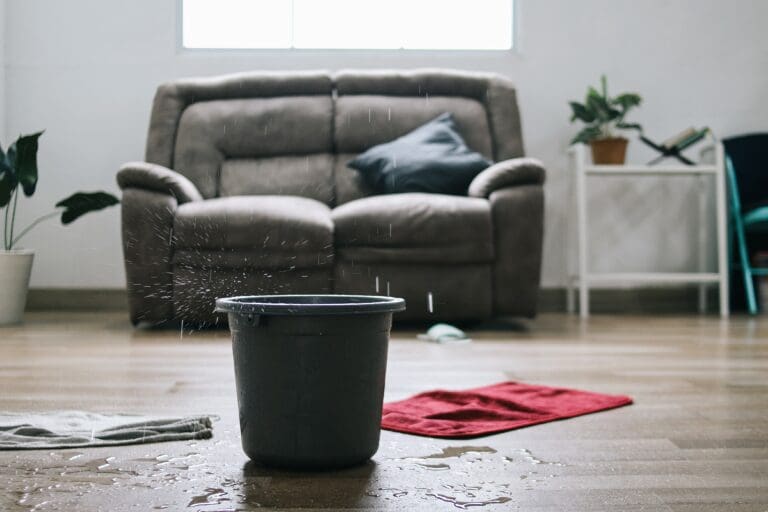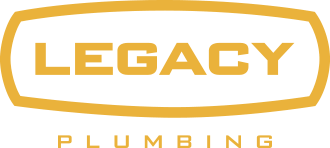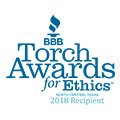An Interview With North Texas Municipal Water District
In Part 1 of this series, we have an overview of NTMWD. They provide water to over 2 million homes and businesses in the Dallas Fort Worth Metroplex.
Gaining knowledge about water infrastructure may seem like merely an interesting academic exercise, but it has an intensely practical side as well. Decisions we make on a daily basis cumulatively affect the infrastructure for everyone in North Texas – decisions like how we water our lawn, how/when we address plumbing leaks, what we flush down the drain, etc.
To address some of these practical issues and authoritatively weigh in on some more specific questions, we reached out to Helen Dulac, the Public Education Manager for NTMWD.
The following conversation elucidates some valuable takeaways for every homeowner on the impact our daily activities have on this most precious resource we all share and enjoy:
Many homeowners take reliable, clean water supply for granted. As plumbers, we’re reminded of this on a daily basis. Fortunately the topic of Texas infrastructure has been getting much more awareness after the 2021 winter storm. What are some of the positive changes this greater attention has brought to the water supply infrastructure?
The most positive change is the attention the winter storm brought to water infrastructure. This attention enhanced levels of awareness as to the importance of maintaining and protecting water infrastructure, both at the industrial, commercial and homeowner levels. Proactive practices to protect existing infrastructure will likely be the most heightened it has ever been.

Many people think about irrigation and lawn watering when it comes to saving water, but how big of an impact do unresolved plumbing leaks like running toilets and leaking water lines in the yard affect wasted water in North DFW? What effect does all this wasted water have at a consumer level?
Toilets make up almost 30% of household water use. The American Water Works Association estimates that a leaking toilet can lose up to 200 gallons of water a day. That’s 73,000 gallons a year! Moreover, some leaks are silent so you do not always know that you have a leak. It’s easy to test your toilet for leaks. Put a little bit of food coloring in the toilet tank. Wait 10 minutes. If the color shows up in the toilet bowl, you have evidence of a leak.
Leaks from inside or outside of your home cost you money for something you don’t get the benefit of. Whenever water is wasted, that means there will be less water available for essential services such as firefighting, hospital care and our personal health and safety.
We frequently get questions about “hard” water and its effects on plumbing fixtures and faucets. Is there anything that can be (or is) done about water hardness at the treatment plants? Or is this something that must be addressed at the point of use?
NTMWD’s Water Hardness Fact Sheet
Hardness comes from minerals that occur naturally in water – like magnesium carbonate, lime, iron, and calcium bicarbonate. These minerals are normally in the lakes across North Texas. After water goes through treatment by NTMWD, it is considered “moderately hard”. This is predominately from the minerals that are in Lavon Lake.
This water hardness can actually vary naturally throughout the year and is hard to predict at any particular time. That said, this is something our team of experts is continually evaluating, and the quality of the raw water is regularly being tested. Learn more about how to treat water hardness at home on our website.
On a large scale, such as a water treatment plant, reducing hardness is not economically feasible. It is also desirable for a water system to have some hardness in the water because the minerals form a protective scale within the piping network. This creates a barrier that provides corrosion protection to the underlying metal piping.

How do water conservation practices of North Texas residents help our local environment?
Water conservation is all about reducing waste through the efficient use of water. This is more important now than it ever has been. The population of NTMWD’s service are is set to double by 2070. More than 30% of water supply in the future will be what can be wisely used today by reuse and conservation measures. This will not only be vital to meeting the future’s water demand, but it also helps maintain good water supplies during seasons of drought.
Our water comes from lakes that are home to a variety of fish, plants, and mammals. The more water in the lakes, the more water is available for wildlife and for us to enjoy for fishing and boating. Not only does conserving water help the environment, but also keeping that water clean is critical to public health. Rain or water from sprinklers can carry litter, herbicides, fertilizers, pesticides and bacteria from pet waste into our lakes, creeks and rivers. Pick up after your pets, follow manufacturer’s directions for lawn chemicals, toss trash, and recycle what you can to bump your water conservation efforts up a notch. Find out how your actions affect water quality and the watershed on our website.
What are a few of the most impactful things that the average homeowner can do to save water? Collectively, what would make the biggest difference in water conservation across North DFW?
During our hot, dry summers, 40-60% of the water we use at home is for outdoor watering on our lawns. Of that water, over 50% of it can be wasted due to overwatering, inefficient watering practices, and broken (or poorly maintained) irrigation systems.
An excellent way to save water is to water only when your grass needs it. And, that is often less than you think. Watering your landscape before 10:00 a.m. and after 6:00 p.m. reduces evaporative water loss. If you have a sprinkler system, set it to apply half an inch of water once a week. Water a second time only if your grass shows signs of stress.
Another key to saving water is to sign up for free, weekly lawn watering recommendations. In the majority of the NTMWD service area, people can sign up for Water My Yard. It is a free service from Texas A&M AgriLife that will send you a weekly text or email with watering advice based on local weather data. During fiscal year 2021, WaterMyYard recommendations showed homeowners only needed to water 16 weeks out of the entire year to maintain a healthy lawn. The City of Frisco has their own weather station and sends out watering recommendations for their residents.
Also, check with your city or direct utility provider to see if they offer free sprinkler system checkups. A licensed irrigation specialist can come to your home and evaluate your system, often at no cost to you.
Find more indoor and outdoor water conserving tips on our website.
How will the new Bois D’Arc Lake reservoir near Bonham affect North Dallas residents? Will water from this reservoir help supply the needs of residents in cities like McKinney/Allen/Frisco? If so, will this have any effect on the taste/odor characteristics or the hardness properties of the water?
Water from Bois d’Arc Lake will be treated by the Leonard Water Treatment Plant and then pumped into the existing NTMWD treated water pipeline system. Once in the treated water pipeline system, the water will primarily serve consumers in this northern portion of our service area.
The water from the Leonard water treatment plant will be treated to the same standards as all NTMWD water treatment facilities, which meets or exceeds all state and federal regulations. The characteristics of the water will be similar to the current water in the treated water system. The hardness may be slightly lower from the current water, however data will need to be collected from Bois d’Arc Lake once it is filled to confirm.
In what ways does NTMWD exceed required standards to make sure that the drinking water system is safe? What are you guys doing with ozonation and biologically activated filters?
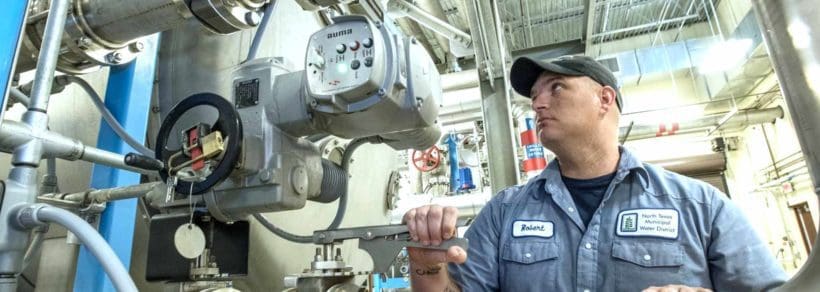
There is a 2-step disinfection process that our water passes through to make it safe to drink and prevent diseases from spreading. NTMWD operates four treatment plants in Wylie. Combined, these comprise the largest fully-ozonated water treatment facility in the world. It is able to treat up to 770,000,000 gallons every day!
Ozone is one of the most powerful methods for disinfection and works great for taste and odor control. Ozone leaves no residual within the transmission system, and NTMWD uses a secondary disinfectant to keep the treated water safe to drink and use as it travels through hundreds of miles of pipelines.
Our Wylie Water Treatment Plant participates in the voluntary Texas Optimization Program (TOPS) with the Texas Commission on Environmental Quality (TCEQ). The plant has met all standards every month for the past 5 years!
We are actively working to implement Biologically Active Filtration (BAF) technology, while continuing to serve two million North Texans. The transition to biological filtration involves a series of modifications to the existing facilities to encourage the existing filters to remove more organic matter. Because this conversion touches most of the facilities at the four plants that make up the Wylie WTP and requires extended periods of reduced capacity, the conversion will not take place in a single step but will be staged over time so NTMWD can continue to meet customer demands for water.
Our laboratory conducts tests for water quality on more than 250,000 potable and non-potable water samples every year. These tests include the detection of any bacteria or pathogens as well as for taste/odor. These tests help with our process control to make sure of accurate numbers for optimizing water treatment, ensures water is safe and meets all regulatory requirements. Monthly water quality reports are available online at our website.
On the residential side, we deal with clogged drains from grease and wipes on a daily basis. What issues can be caused in the wastewater treatment process by putting things like ‘flushable’ wet wipes, grease, and pharmaceutical products down the drain?
Clogs in our wastewater infrastructure (caused by wet wipes and grease) are happening very frequently across the vast NTMWD wastewater system – some locations remove these clogs almost on a daily basis. Our maintenance crews have to turn off the pumps and remove these blockages manually to keep the wastewater flowing to our treatment plants instead of potentially overflowing into the surrounding environment.
Wet wipes, hairballs, paper towels, debris, cotton swabs, hygiene products, and trash get caught in our pumps and can twist up into tight wads that occasionally completely shut down systems, sometimes up to 3 times each week! Remember, “flushable” just means it will go down a toilet, but it doesn’t mean is that it is biodegradable, treatable, or does not create blockages. Wipes are strong, do not break down and clog lines within homes, streets, and sewer lift stations that pump sanitary sewer to wastewater plants.
Fats, oils and grease (FOG) can make these clogs even worse. The hardened grease buildup also takes up capacity within the sewer system. With reduced capacity, the system has a greater chance to experience system overflows potentially causing untreated wastewater to enter local rivers, lakes, your own backyard, or even inside your home. Always throw fats, grease in the trash, and recycle cooking oil.
Pharmaceuticals and other household hazardous wastes should also never go down the drain, the toilet or in the trash. Check with your city or county to find a collection center near you. Some cities offer free household hazardous wastes pickups or regular collection events free of charge. Some of these sites also accept FOG and recycle used cooking oil.








